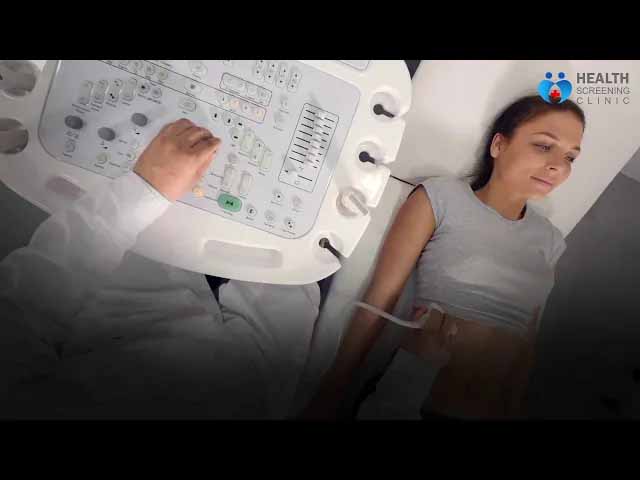Allergy and Alternative Medicine
Complementary and alternative medicine has sprung up a lot of interestin the role ofallergy treatment. Let’s take a look at the available treatments and tests.
Over the last three decades, there’s been progress in The Complementary and Alternative Medicalmovement; many treatments have been largely accepted. There’s been a particular interest in a more holistic and empathetic approach in treating allergies; the Prince of Wales being a major protagonist.
This movement was accelerated by Feingold’s revelations in the mid-1970’srelating illness and abnormal behaviour to dietary indiscretion. Thus, there was great pressure to implicate poor diet with illness and over-diagnose food allergy.
Clinical ecologists emerged, emphasising the study of ‘environmental illnesses’, and directing the cause of multisystem disorders to air, food, water, drugs, and habitat. They believed that the failure and inadaptability of humans to the massacre of modern-day synthetic chemicals brought about a dysfunctional immune system and susceptibility to allergies and health issues.
Scepticism about modern medicine increased by the day as people became more enlightened –attention and preference shifted to a more ‘natural’ method of treatment. Complementary medicine offered no permanent cure but the need to explore attracted qualified doctors and patients to it.
The rapid advancement of complementary and alternative medicine (CAM) in the face of giant strides in modern medicine seems enigmatic. Suspicion was everywhere. There’s a need for doctors to rethink on the cause. The gap between these two is narrowly wide; the absence of scientific explanation in the former holds are beginning to sway. We should keep our minds open as alternative medicine may in the near future, gain scientific approval.
Common treatments for allergies employed by CAM
Homeopathy
Devised by Hahnemann, it operates using the law of similars -like cures like’.The treatmentis individualised for the specific patient and not the disease. Although it lacked sufficient evidence of treating allergies, it showed significant improvement in hayfever symptoms.
Acupuncture
This Chinese form of treatment using needles though useful for pain relief, its application in allergy treatment, in general,is not based on well-performed clinical trials.
Herbal medicine
The therapeutic properties of plants have done well in treating some allergies like the Chinese herbal tea in the treatment of atopic eczema; and Butterbur for hayfever. But, generally, there’s very little evidence of any significant health benefit.
Others include Enzyme Potentiated Desensitization EPD, Ionization, Speleotherapy, Ozone Therapy, and Nampudripad’s Allergy Elimination Technique (NAET)
Diagnostic tests commonly used in CAMincludesThe Vega test; Applied kinesiology; Hair Analysis; and The Leucocytotoxic test. But, they lack evidence to substantiate their validity.
Allergy associated conditions which are popularised by alternative practitioners
Systemic Candida hypersensitivity syndrome
This condition is triggered by overuse of antibiotics, cortisone or diets rich in carbohydrates and yeasts. Symptoms are fatigue, headache, etc. The suggested treatment is to ‘starve’ the yeast.
Others are Postviralfatigue syndrome and MEand Mercury toxicity.
In conclusion, treatments which have been proven to be safe and beneficial should be validatedandencouragedto promote the use of such methods.On the other hand, those that are potentially dangerous should be discouraged.



